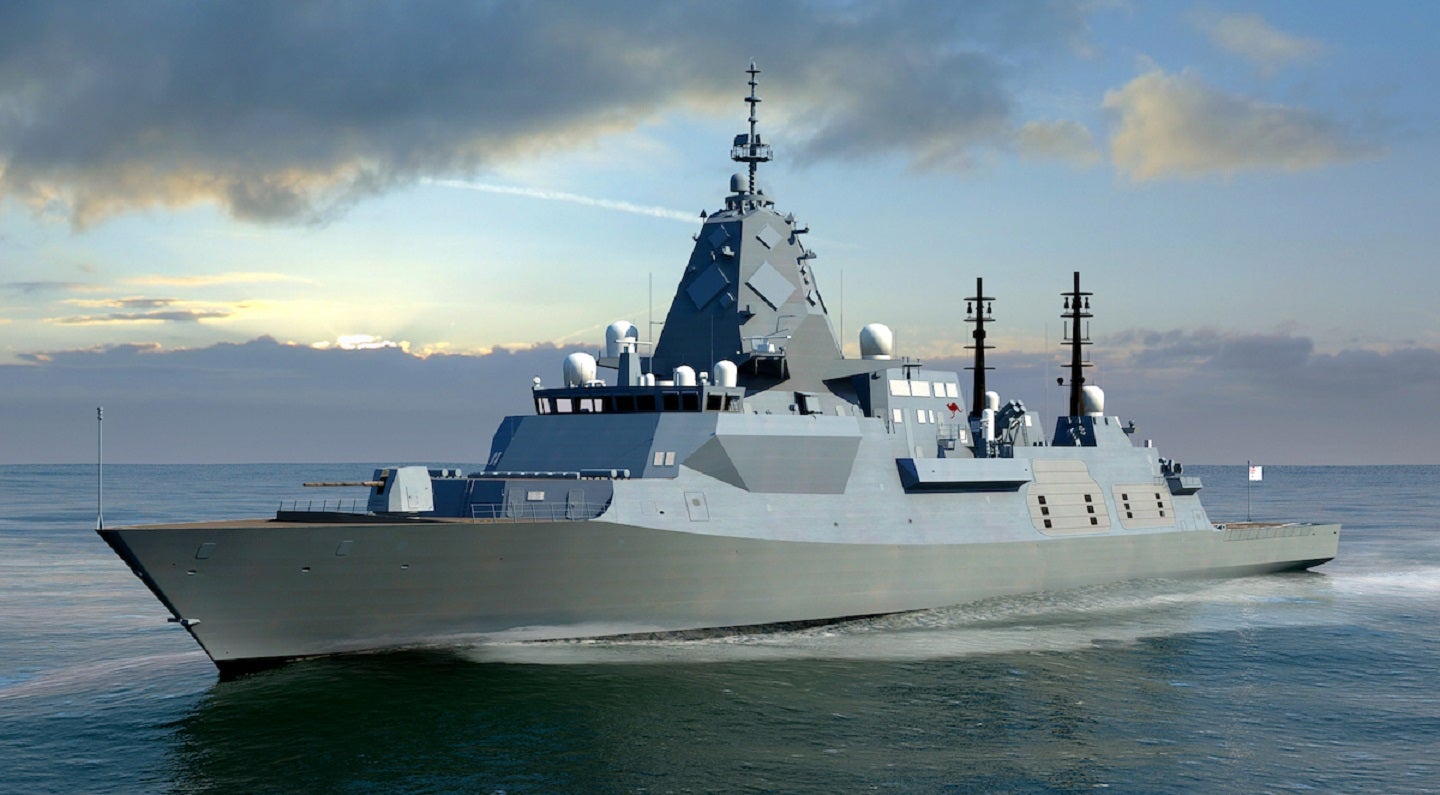
Anschütz, a player in naval navigation technology, has been selected to provide the Royal Australian Navy’s Hunter-Class frigate programme with Synapsis Warship Integrated Navigation and Bridge Systems (WINBS), reinforcing Australia’s maritime capabilities.
Anschütz is set to supply and integrate the Synapsis WINBS, a customised solution encompassing multifunctional consoles for electronic chart display and information systems, advanced naval radar systems, and additional navigation equipment. These systems will be a part of the first batch of three Hunter-class frigates designed to be advanced anti-submarine warfare vessels.
WINBS is a naval navigation solution. It is built on an International Maritime Organization-compliant integrated navigation system with an open architecture platform that integrates and processes data from sensors and systems. The multifunctional consoles offer networking capabilities and access to a maritime picture from any location through standardised user interfaces.
Anschütz’s WINBS are equipment-agnostic, allowing for integrating sensors and systems based on specific mission or fleet commonality requirements. Anschütz has experience providing WINBS to naval platforms, including the UK Royal Navy’s Type 26 and Type 31 new build programmes.
Australia plans to have its locally built Hunter-class frigates, based on the UK’s Type 26-class design, enter service by late 2020s. The programme is expected to cost $24.3bn, (A$38bn) according to GlobalData’s “The Global Naval Vessels and Surface Combatants Market 2023-2033” report.
The project extends beyond the delivery of equipment; Anschütz will also oversee the integration of these systems with a combat management system, ensuring operations on board the frigates. Furthermore, the collaboration encompasses custom engineering, programme management, documentation, and training, guaranteeing that the RAN receives a naval navigation solution.
André Moritz, Country Manager for Australia at Anschütz, expressed gratitude for the trust the Commonwealth and BAE Systems Australia placed in the company. Moritz emphasised, “We are honoured and motivated to continue our excellent cooperation and provide the new Hunter-class with a world-leading naval navigation solution that meets every expectation.”
This initiative builds on Anschütz’s prior involvement in naval projects, notably its integration of WINBS into the UK’s Type 26 frigates and the radar replacement programme for the RAN’s Anzac class.
In 2022, Anschütz secured an initial contract to provide systems design engineering and requirements verification work for the Hunter programme. As part of this contract, Anschütz is expanding its collaboration with the Australian industry in engineering, production, and maintenance, ensuring that a portion of the contract value benefits Australian companies. This expanded co-operation aims to facilitate the transfer of technology and knowledge to Australia’s growing shipbuilding workforce.
Placed under project SEA 5000, Hunter-class will be conducting anti-submarine warfare, air defence, surface warfare, surveillance and intelligence, interdiction, as well as non-warfare roles such as humanitarian assistance and disaster relief, according to GlobalData’s intelligence on the Australian Defense Market.








